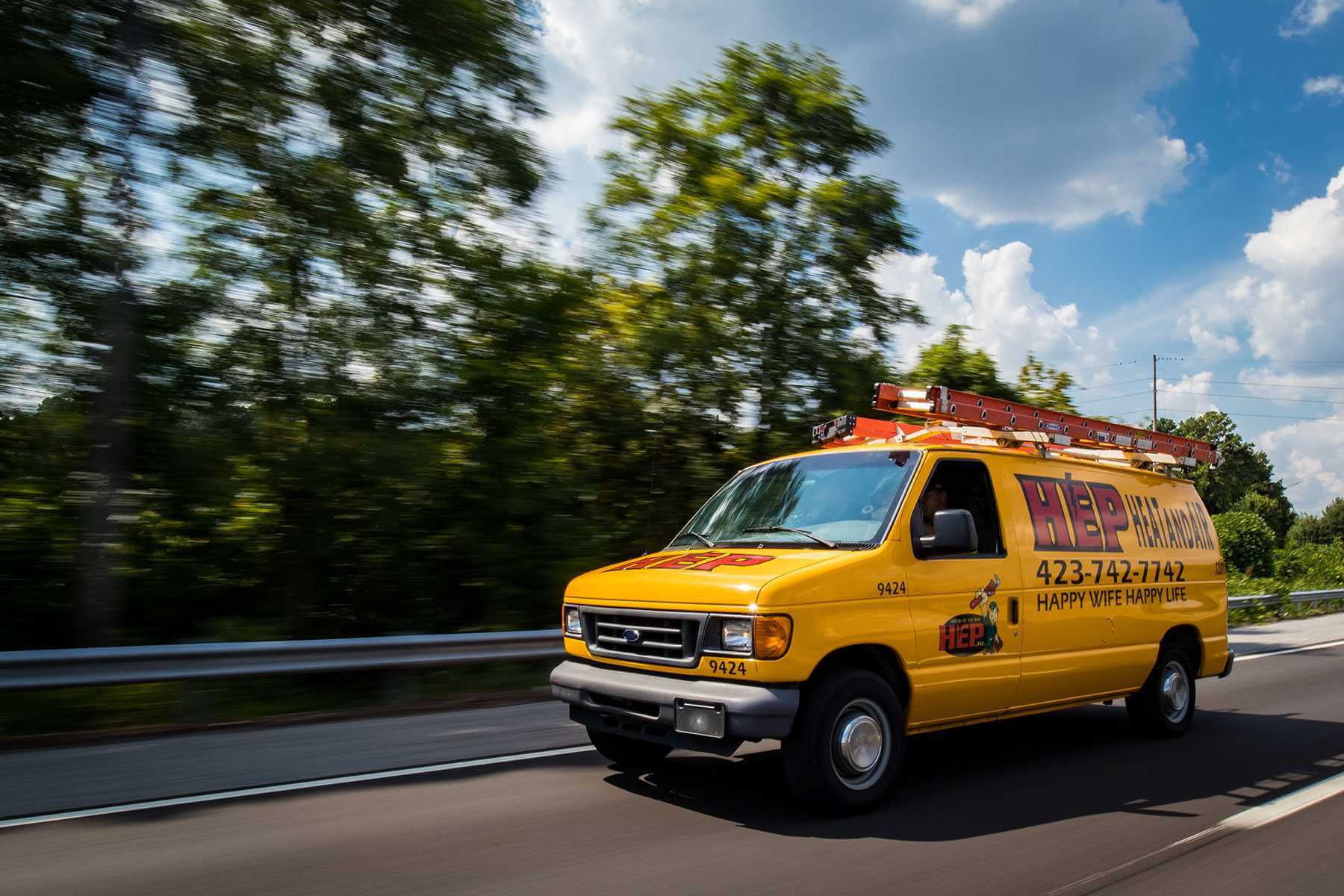

Ultraviolet Sterilization
Your trusted partner for professional home services. Quality workmanship, guaranteed satisfaction.




- HEP Plumbing
- Ultraviolet Sterilization
Ultraviolet Sterilization | Water Purification | Plumbing | Palmer
Imagine crystal-clear Palmer water, free from hidden pathogens yet bursting with its natural taste. HEP’s ultraviolet sterilization plumbing quietly bathes every gallon in intense UV light, neutralizing bacteria, viruses, and protozoa in milliseconds—no chemicals, no residual odors, just pure refreshment. Because the treatment happens inside sealed stainless-steel chambers, pressure and flow stay steady, meaning you enjoy healthier showers, spotless dishes, and better-brewed coffee without even noticing the tech at work.
Our licensed plumbers size each unit to your home or business, integrate it with existing filters, and provide annual lamp replacements for worry-free performance. Whether you’re upgrading a well system or safeguarding municipal lines, this is water purification done the modern, eco-friendly way—designed, installed, and maintained by the local experts who know Palmer water best.
FAQs
How does ultraviolet (UV) sterilization treat Palmer’s drinking water, and what organisms does it deactivate?
A UV water purifier exposes flowing water to a high-intensity ultraviolet light (usually 254 nm). When bacteria, viruses, protozoa, and cysts such as Giardia and Cryptosporidium pass the lamp, the UV energy disrupts their DNA, preventing them from reproducing or causing infection. Independent tests show a properly sized and maintained unit delivers a 99.99 % (4-log) reduction in pathogenic microorganisms, including those occasionally detected in Mat-Su Valley wells and surface sources. Because UV treatment is physical—not chemical—it adds nothing to the water and leaves no by-products.
Do I still need pre-filtration if my Palmer home is on municipal or well water?
Yes. UV light can only penetrate clear water. Sediment, iron, manganese, tannins, or even slight turbidity can shield microbes from the lamp. We recommend a minimum 5-micron sediment cartridge upstream of the UV chamber; many Palmer homeowners also install an activated-carbon or iron-reduction filter to tackle local groundwater issues. Pre-filtration keeps the UV quartz sleeve clean, maintains the required 95 % UV transmittance (UVT), and ensures the system meets its stated disinfection dose.
What routine maintenance will my UV system need in Alaska’s cold climate?
1. Annual lamp replacement: Output drops about 30 % after 9,000 hours (12 months). Even if it is still glowing, replace the lamp each year. 2. Sleeve cleaning: Mineral film can form on the quartz sleeve. Shut off the water, remove the sleeve, and wipe it with a soft cloth and food-grade citric-acid cleaner every 6–12 months, or sooner if iron hardness is high. 3. Filter changes: Replace pre-filter cartridges every 3–6 months, especially if spring runoff increases silt. 4. Freeze protection: Install the UV chamber in a conditioned space. If the plumbing runs through an unheated crawl space, add heat tape to prevent ice blockage upstream of the unit.
Will UV disinfection change the taste, odor, or mineral balance of my water?
No. UV treatment is purely photonic—it adds no chemicals, introduces no by-products, and does not remove naturally occurring minerals such as calcium or magnesium. The water tastes exactly the same after treatment, making UV an ideal final barrier for residents who prefer the natural flavor of Palmer’s aquifers or who wish to avoid chlorine.
How do I know what size UV unit I need for my Palmer property?
Sizing is based on peak flow rate, UV transmittance (clarity), and targeted log reduction. A typical three-bedroom home with two bathrooms needs a 10–12 gpm (gallons per minute) reactor to cover simultaneous shower, washer, and kitchen use. Larger ranches or commercial facilities may need 20–40 gpm skid-mounted systems. During our site visit we test UVT, measure line pressure, and count fixtures, then recommend a model that delivers at least a 40 mJ/cm² dose at your maximum flow. Oversizing is prudent in cold water because higher viscosity slightly reduces exposure time.
What happens during a power outage, and how can I ensure continuous safe water?
The UV lamp requires electricity; when power is lost, disinfection stops. We suggest three layers of protection: • Solenoid safety interlock: Many units include—or can be paired with—a normally closed solenoid valve that shuts water off automatically if the lamp or power fails. • Point-of-use backup: Keep a small countertop filter or a supply of boiled/bottled water for drinking and cooking during extended outages, which can occur in Palmer’s winter storms. • Generator or UPS: A modest 60-watt load can be handled by a household generator or an uninterruptible power supply, providing seamless operation for several hours until grid power returns.